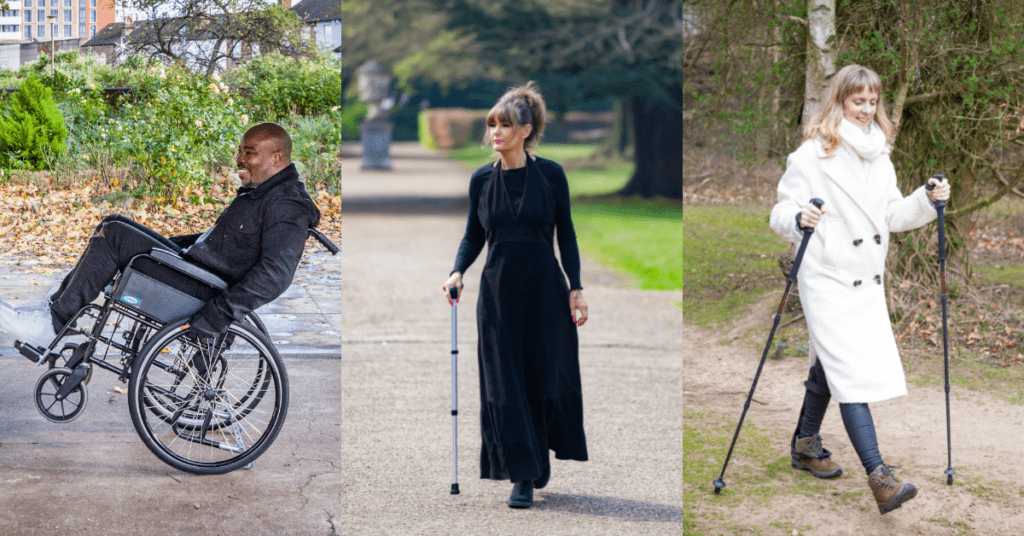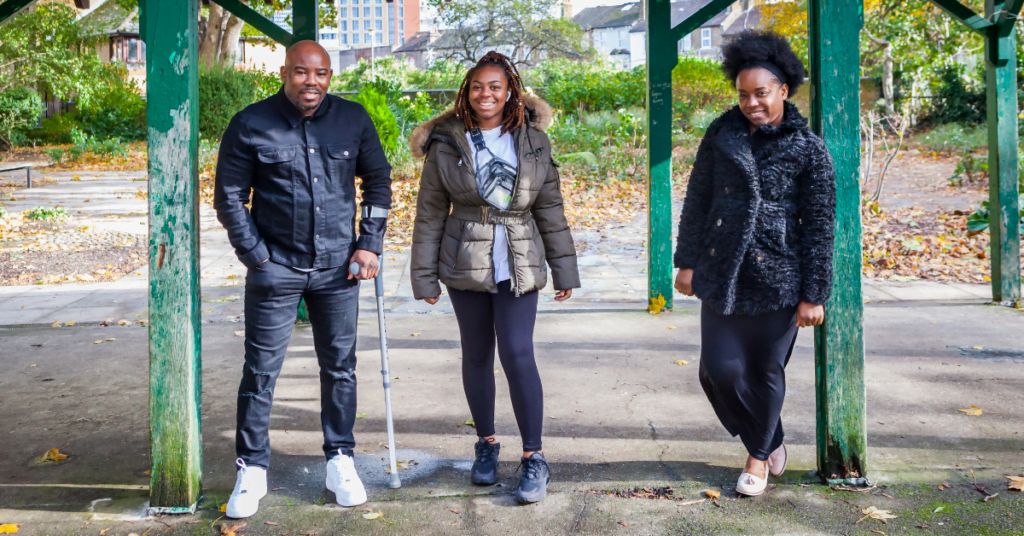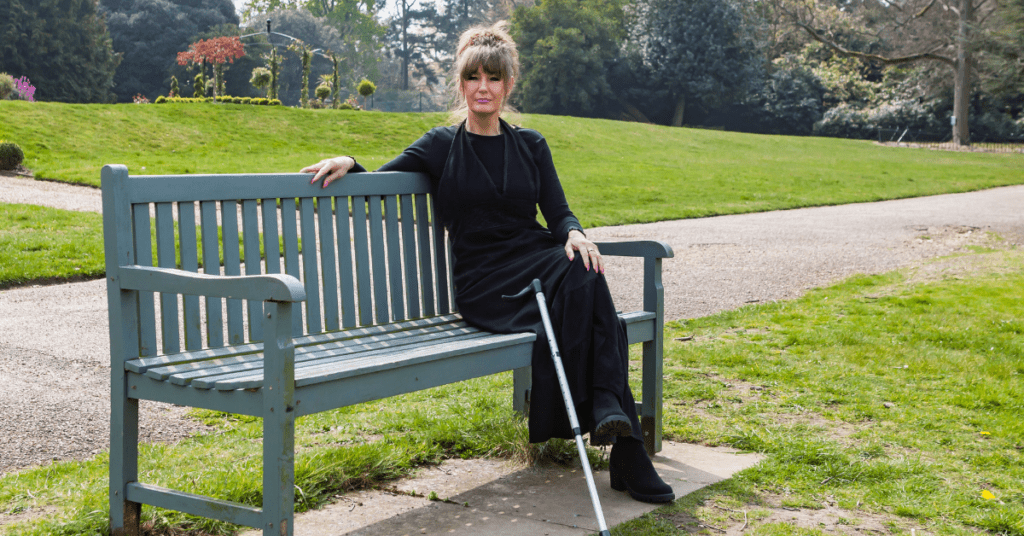Incomplete spinal cord injury

Please note: This resource is based on our previous research, as well as our team’s personal experiences living with an incomplete spinal cord injury. If you have any medical queries, please consult your GP or spinal centre.
Spinal cord injury is overwhelming. After you or a loved one sustains an injury, you may encounter new terminology. One phrase you may hear frequently is “incomplete spinal cord injury”. In this resource we explore what an incomplete spinal cord injury is, answer some of the most commonly asked questions, and give tips for living life to the full after spinal cord injury.
What is an incomplete spinal cord injury?
A spinal cord injury can be complete or incomplete, depending on how the injury was sustained. A complete injury is when the spinal cord is completely severed. This mean the brain is unable to send signals to parts of the body below the level of injury. An incomplete spinal cord injury means that the brain can still send some signals up and down the spinal cord after the injury.
For example, someone with a complete spinal cord injury will most likely have no sensation or movement below their level of injury. In the case of an incomplete spinal cord injury, the injured individual may have some feeling, as well as some degree of mobility which may differ to someone with a complete injury. For an explanation of levels of injury, please see the diagram on this page.
Every injury is just as unique as the individual who sustains it. Not everyone with an incomplete spinal cord injury will fit into the above description. If you have any questions about your circumstances, it is best to talk to your GP or spinal centre.
Can everyone with an incomplete spinal cord injury walk?

Some people with an incomplete spinal cord injury are able to walk with or without aids. It’s important to remember that everyone with a spinal cord injury is different. No two injuries are alike. This means there can be a lot of uncertainty around whether or not a newly injured person with an incomplete injury will be able to walk. Doctors often won’t be able to confirm whether or not a newly injured person will be able to walk, to avoid giving false hope.
There are many factors which can affect someone’s ability to walk after spinal cord injury. This includes level of injury, how the injury was sustained, first response medical intervention, and health prior to injury.
Bear in mind that even if someone with a spinal cord injury can walk, they often still face many other issues. This can include pain, fatigue, bladder and bowel management, and other issues surrounding having an invisible disability. Read this blog from Christopher, who explains some of the things he has experienced.
“Spinal cord injury changes every aspect of your life, physically and emotionally. There are the obvious changes people can see, like using a wheelchair, but there are also less obvious changes – like having to manage a bladder and bowel routine or dealing with pain.
“It is without a doubt a life-changing situation.”
Do some people with an incomplete spinal cord injury use a wheelchair?
Even though some people with an incomplete injury can walk, many choose to use a wheelchair. There are many reasons why an individual with an incomplete spinal cord injury may use a wheelchair. It can help when travelling long distances, especially when combined with wheelchair attachments.
Wheelchairs are not just a mobility aid. They can help avoid fatigue, save the user’s energy, and prevent pain. It’s good to view a wheelchair as a tool for independence. You are not ‘giving up’ by using a wheelchair with an incomplete spinal cord injury. It’s best to use whatever aids help you live an independent life.
Take this quote from Daisy for example – she has grown up with an incomplete spinal cord injury, and uses both walking sticks and a wheelchair:
“When I’m out in public I use my wheelchair, it stops me from getting fatigued. If I’m at home I can use a walking stick to get around.
“Using a wheelchair when I’m out helps me get around independently. It means I don’t need someone following me around carrying my bags when I’m at college. It’s also safer, as I can fall quite easily while walking.”
Can you still be at risk of autonomic dysreflexia with an incomplete spinal cord injury?
Autonomic dysreflexia is a concern for everyone with a spinal cord injury at T6 level or higher. The risk can be greater for people with complete injuries, but it can still affect people with an incomplete injury at T6+. Autonomic dysreflexia depends on the individual circumstances of your injury, and what triggers it. This can include improperly managed or unemptied bowels, blood pressure soaring, and UTIs.
Autonomic dysreflexia should always be considered a medical emergency, so it’s important to be aware of it. SIA have a detailed factsheet about autonomic dysreflexia. This includes things you can do to reduce the risk, warning signs, and intervention in the event of autonomic dysreflexia.
If your symptoms continue despite intervention, seek medical assistance immediately.
Are people with an incomplete spinal cord injury more likely to experience pain?

Anyone after spinal cord injury can experience chronic pain. Over 50% of people with a spinal cord injury have neuropathic pain on a regular basis. Many different factors can influence perceptions of pain like quality of life, mental health, and social support networks. Whether you have an incomplete or complete spinal cord injury, it’s important to find a technique for managing pain that works for you.
We have a section on our website dedicated to pain management. Read it here and learn different techniques, discover expert advice, and hear from people in a similar situation.
Incomplete spinal cord injury and fatigue
With an incomplete injury, it’s also important to make sure you don’t get fatigued. If you can walk, it may be tempting to push yourself to walk further. Be cautious about pushing yourself too hard. Choosing to use a wheelchair could help you manage fatigue. Read what Jacques, our Spinal Cord Injury Mentoring Senior Coordinator, says about his wheelchair.
“Now I realise that my wheelchair gives me the freedom to live my life in the way I want to. I don’t have to plan things to the same extent I would have to if I was walking. It gives me a level of independence that I would not have if I walked full time.”
Incomplete spinal cord injury bladder and bowel care
Some people with an incomplete injury have regained some control of their bladder and bowels, to varying degrees. Once again, this is dependent on level of injury, how the injury was sustained, and other circumstances.
You can still live a fulfilling life even if you need to manage your bladder and bowel care. Knowing the right techniques that suit your needs will ensure that you can live independently. We have a guide to bladder and bowel care after spinal cord injury, packed with expert advice and top tips.
Keeping active with an incomplete spinal cord injury

No matter if you have an incomplete or complete injury, keeping active is important. If you enjoy sports, it’s a good idea to look into the different adaptive sports out there – such as hand cycling, wheelchair racing, and even adaptive waterskiing. After she attended one of our skiing courses, Kylie realised how much adaptive sports helped her after spinal cord injury.
“Sport has helped me my whole life, and that hasn’t changed after my injury. It taught me to be mentally tough, which helped me massively by keeping me resilient.
“I can’t stress this enough – When you’re feeling stressed or down, go out and spend an hour or two playing sports with people. It will absolutely lift your mood.”
Don’t forget that being active doesn’t just mean physical activity. It can be good to keep enjoying the same hobbies you did prior to your injury, as well as looking into other activities you like doing. Shirley has an incomplete spinal cord injury, and arts and crafts help her keep active and inspired.
Looking after your wellbeing after spinal cord injury is vital. It can help your physical and mental health. We have a guide on our website for taking care of your wellbeing after spinal cord injury here.
Incomplete injury stories
Our website is packed full of stories from people with an incomplete injury. They have told us how they deal with various issues such as walking, bladder and bowel management, and pain. Have a look at some of the stories below from other people with an incomplete injury.
Jenny’s story: Top tips for people who can walk with an incomplete injury.
Jude’s story: Walking after spinal cord injury.
Tom’s story: Incomplete injury and independence.
Daisy’s story: Growing up with an incomplete injury.
Elaine’s story: Mentoring with an incomplete injury
Do you need support?
Back Up is here to support everyone affected by spinal cord injury. We have a variety of services that can help you live life to the full after an incomplete injury. If you can walk, we have a walker’s lounge at our fortnightly Back Up Lounge – an online space for everyone affected by spinal cord injury. Here you can speak with other people in a similar situation, share tips and advice, and meet the Back Up community.
We also offer a mentoring service for everyone affected by spinal cord injury and their families. We can pair you up with someone who has also been through what you are experiencing, and help you meet your goals.


